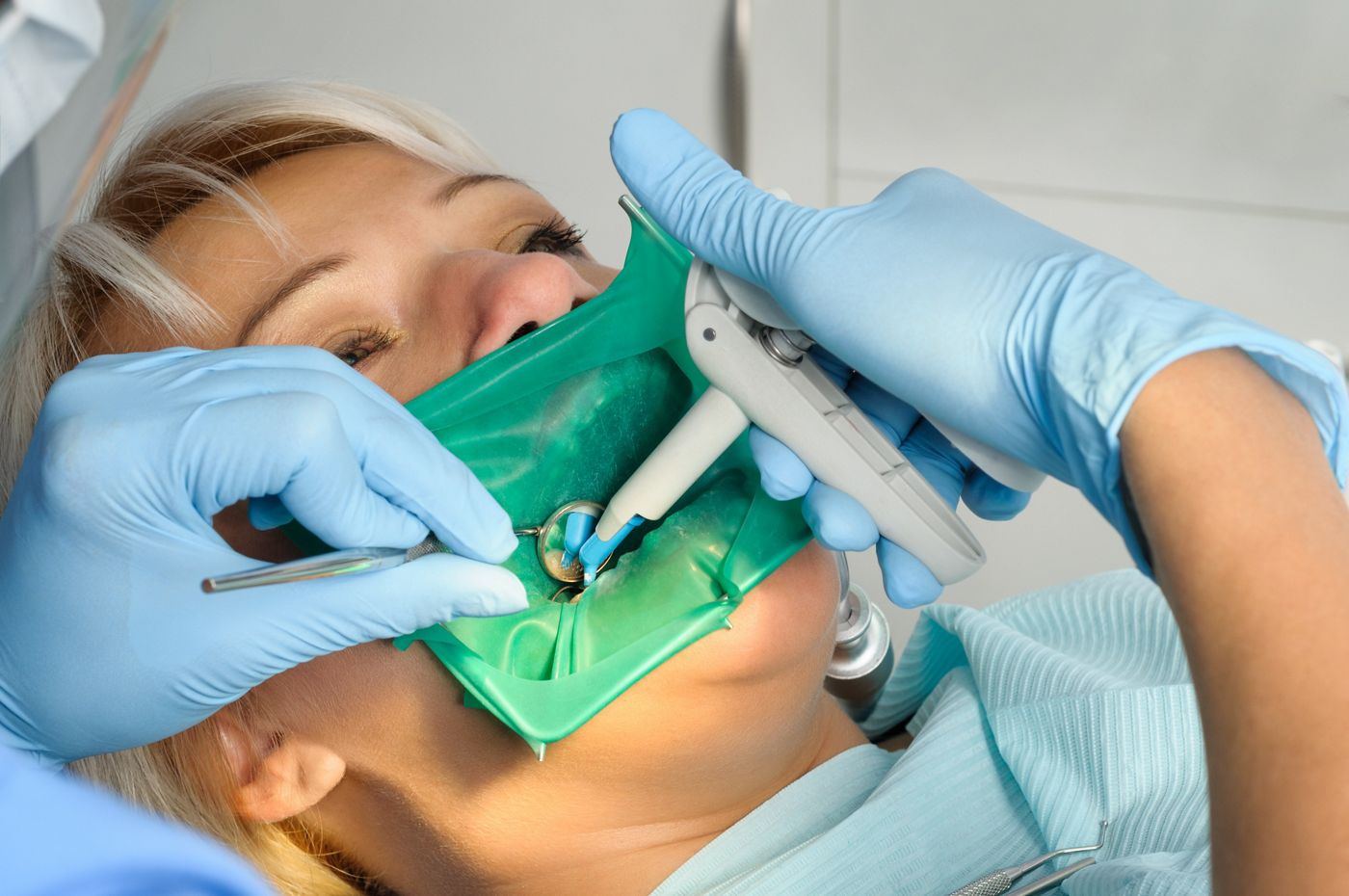How long does a temporary filling last?
Temporary dental fillings are a key component in dental care, acting as an interim solution until a permanent filling is placed.
These fillings are essential for protecting a tooth after procedures such as root canals or when waiting for more complex dental work to be completed. The lifespan of a temporary filling can vary, but generally, they are designed to last for a few weeks to a few months.

How long does a temporary dental filling last? General overview & factors.
The temporary dental filling typically lasts from a few weeks to a few months, depending on various factors such as the material used, the tooth's location, and the patient's oral habits, like brushing and flossing, for proper care.
Temporary fillings are designed to serve as a short-term solution until a permanent filling can be placed, providing protection and stability to the treated tooth. While these fillings are durable enough to withstand daily use, they are not intended as a long-term restoration and should be replaced with a permanent solution to ensure the tooth's health and functionality.
Factors affecting the lasting power of a temporary dental filling
The durability of a temporary dental filling depends on several factors, including the material used, the size and location of the filling, and the patient's oral habits.
Typically, temporary filling materials include zinc oxide eugenol or glass ionomer, which are not as strong as permanent filling materials like amalgam or composite resin. Consequently, they are more susceptible to wear and tear.
Dental practices and the patient's oral care routine play significant roles in the lifespan of a temporary filling. Fillings in teeth that undergo heavy chewing pressure, such as molars, may wear out faster. Moreover, habits like grinding teeth, chewing hard foods, or poor oral hygiene can significantly reduce a temporary filling's effectiveness and longevity.
How to care for your temporary tooth filling
To extend the life of your temporary filling and maintain oral health, it's crucial to follow good oral hygiene practices. This includes brushing gently around the filled tooth, flossing with care to avoid dislodging the filling and avoiding hard or sticky foods that can pull out or damage the filling. Regular dental check-ups are also essential to ensure the filling remains intact and to plan for the placement of a permanent filling.
Maintaining a temporary filling requires a delicate balance of proper hygiene and mindful eating habits. Patients should also be aware of the signs indicating that the filling is failing or has fallen out, such as increased sensitivity or pain, which necessitates immediate dental attention.
Signs you need a permanent tooth filling replacement
The transition from a temporary to a permanent filling is a critical step in dental treatment.
Indicators that it's time for this switch include:
The temporary filling becomes worn or falls out.
Discomfort or pain in the filled tooth.
Visible decay or damage around the filling area.
A permanent filling offers a long-term solution, providing strength and protection against further decay. Recognizing the need for a permanent filling is essential for preventing potential complications. If you experience any signs of failure with your temporary filling, consult your dentist promptly to discuss the next steps.
What should you do if your temporary filling falls out?
If your temporary filling falls out, it's important not to panic. This is a common occurrence and can be managed effectively until you can see your dentist.
- Firstly, avoid eating on the side of the lost filling to prevent damage or discomfort.
- Secondly, maintain oral hygiene by gently brushing the area to keep it clean and minimize the risk of infection.
- Contact your dentist as soon as possible to inform them of the situation. They may advise you to come in for an immediate appointment or provide instructions on how to care for the tooth until you can be seen. In some cases, they might recommend using a temporary dental repair kit from a pharmacy to protect the tooth temporarily.
Can a temporary filling be replaced with another temporary filling?
Temporary filling can be replaced with another temporary filling if needed. This situation may arise if the permanent restoration is not yet ready or if there's a need to monitor the tooth's condition further before proceeding with a more durable solution. Your dentist will evaluate the condition of your tooth and decide whether replacing the temporary filling is the best course of action.
Repeating a temporary filling might be necessary to ensure the tooth remains protected and to prevent further decay or damage. This approach allows for flexibility in dental treatment plans, especially in complex cases requiring multiple steps.